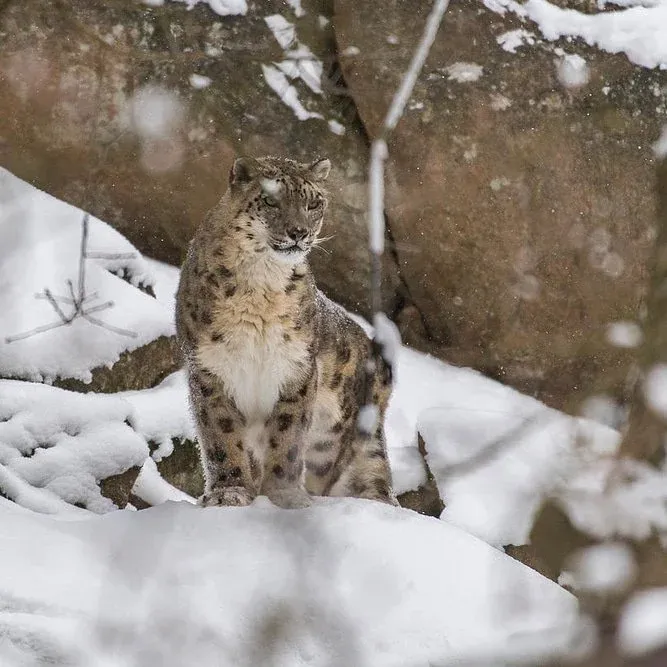How is Himachal Pradesh Securing Funding to Protect Snow Leopard Habitats?

Synopsis
Key Takeaways
- Himachal Pradesh receives Rs 3 crore for snow leopard habitat conservation.
- Funds will boost community-led wildlife initiatives and eco-friendly livelihoods.
- Tsarap Chu is the largest conservation reserve in India.
- It supports rich biodiversity, including the endangered snow leopard.
- A management committee will oversee inclusive conservation efforts.
Shimla, July 26 (NationPress) A group from the International Big Cat Alliance (IBCA), headed by Soumitra Dasgupta, delivered a cheque amounting to Rs 3 crore to Himachal Pradesh Chief Minister Sukhvinder Singh Sukhu for the protection and management of the newly established Tsarap Chu Conservation Reserve.
The Chief Minister expressed his appreciation for this significant contribution, stating that the funds will serve as a catalyst for initiating conservation activities at an early stage.
"This financial support will boost community-driven wildlife conservation efforts and create livelihood opportunities for local residents through sustainable practices," he noted.
The IBCA, which comprises 96 countries, both range and non-range, is dedicated to the conservation of seven big cat species, including tigers, lions, leopards, and the snow leopard, along with their habitats worldwide.
They have shown a keen interest in enhancing and expanding the network of protected areas in high-altitude regions such as Himachal Pradesh.
Spanning 1,585 sq km, Tsarap Chu stands as the fifth conservation reserve in Himachal Pradesh. It is a vital habitat for snow leopards located in a crucial trans-Himalayan zone, bordering the Union Territory of Ladakh to the north and neighboring Kibber Wildlife Sanctuary to the east, while the Kabjima Nallah lies to the south and Chandertal Wildlife Sanctuary and Baralacha Pass to the west.
This conservation reserve houses one of the highest densities of snow leopards and supports a diverse range of Himalayan and trans-Himalayan flora and fauna, including species like the Tibetan wolf, kiang, bharal, ibex, Tibetan argali, and various birds such as rose finches, Tibetan ravens, and yellow-billed choughs.
Additionally, the reserve, which captures the watershed of the Charap Nallah, will function as a vital wildlife corridor linking Kibber and Chandertal wildlife sanctuaries.
The Chief Minister highlighted this as a historic milestone, as Tsarap Chu is now recognized as the largest conservation reserve in India.
The establishment of this reserve is anticipated to promote eco-tourism, nature photography, camping, and wildlife research, significantly benefiting local economies. A management committee will oversee the reserve, including representatives from local panchayats to ensure inclusive and community-centric management while aligning ecological objectives with local interests.










